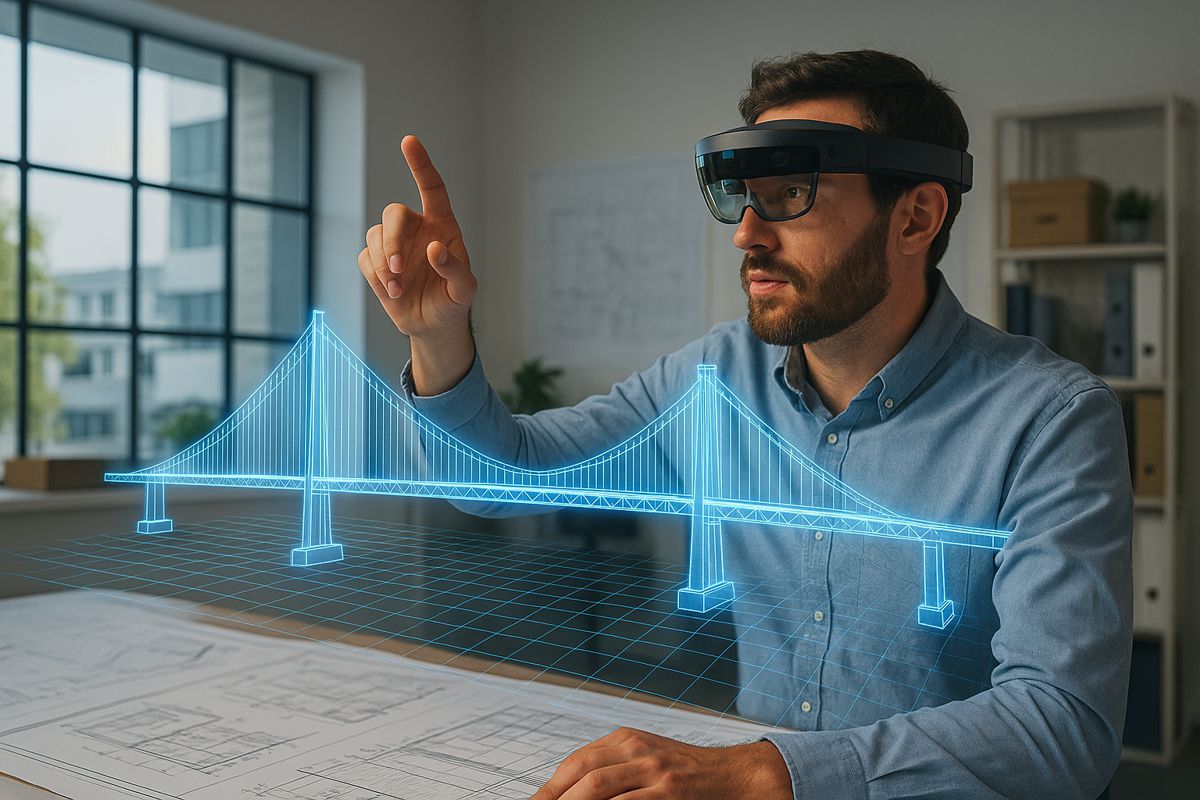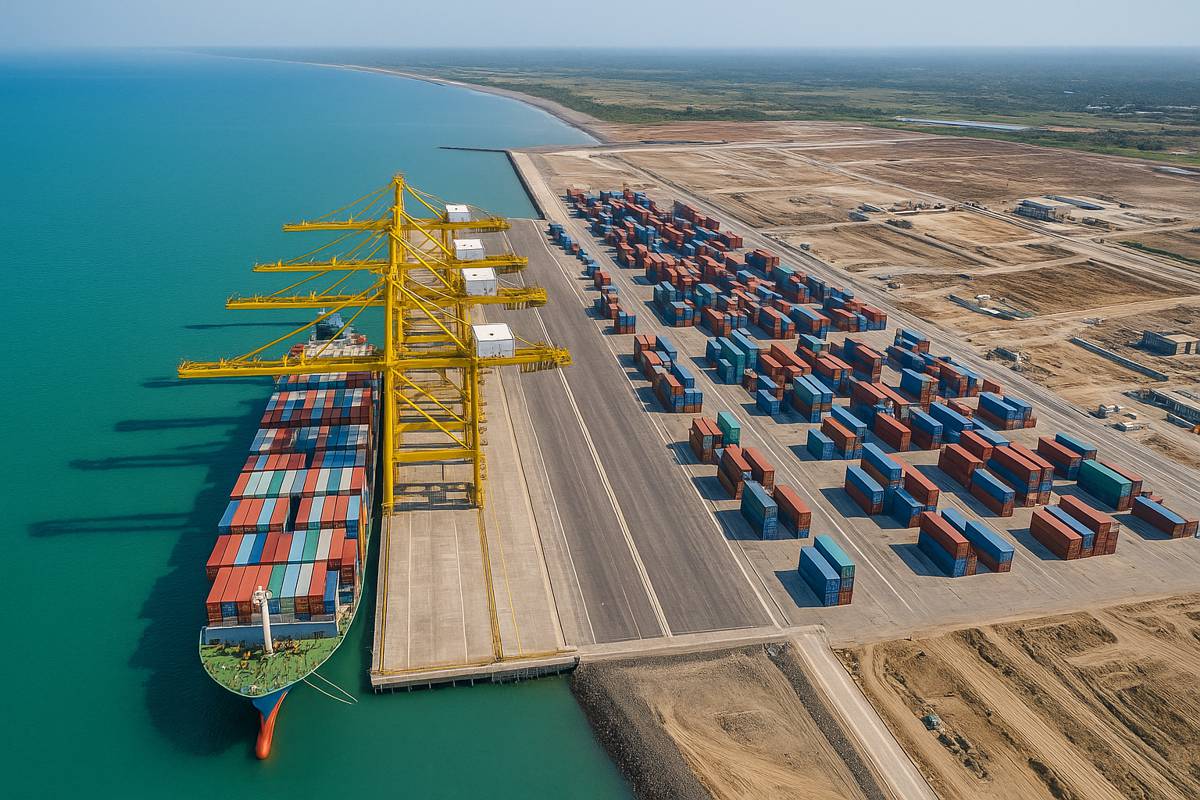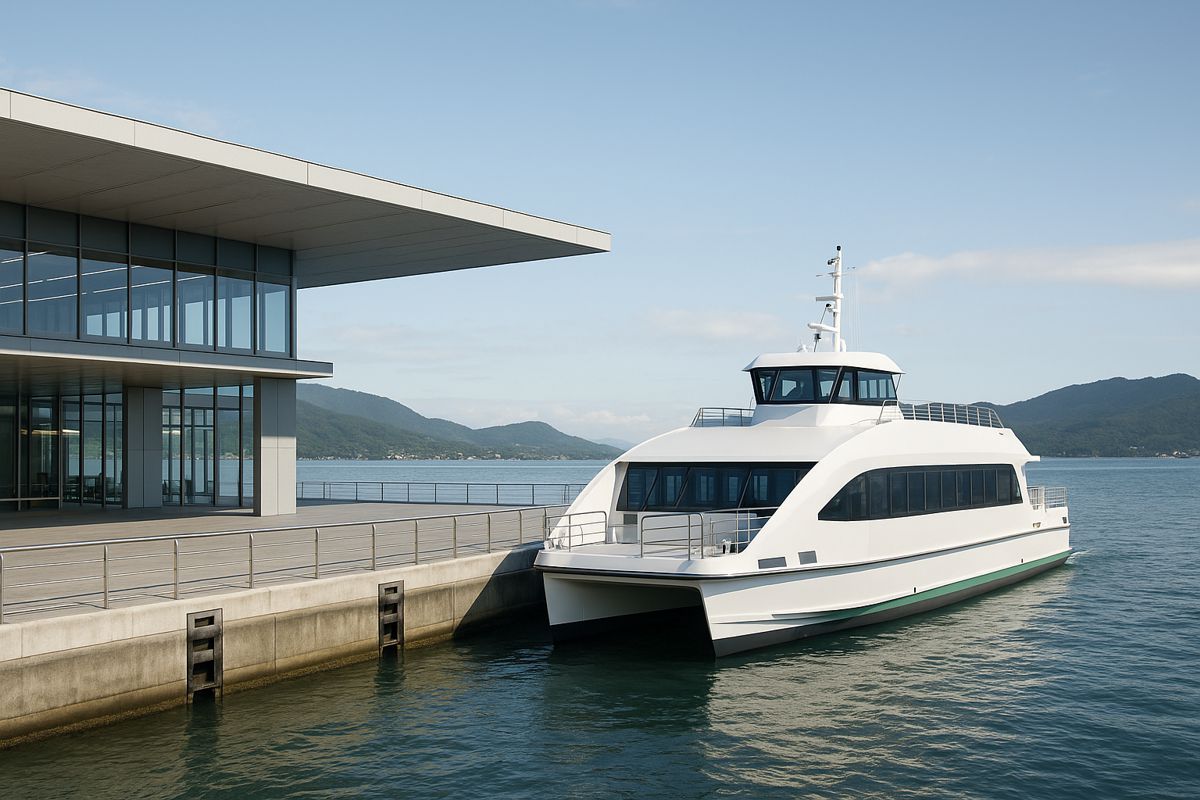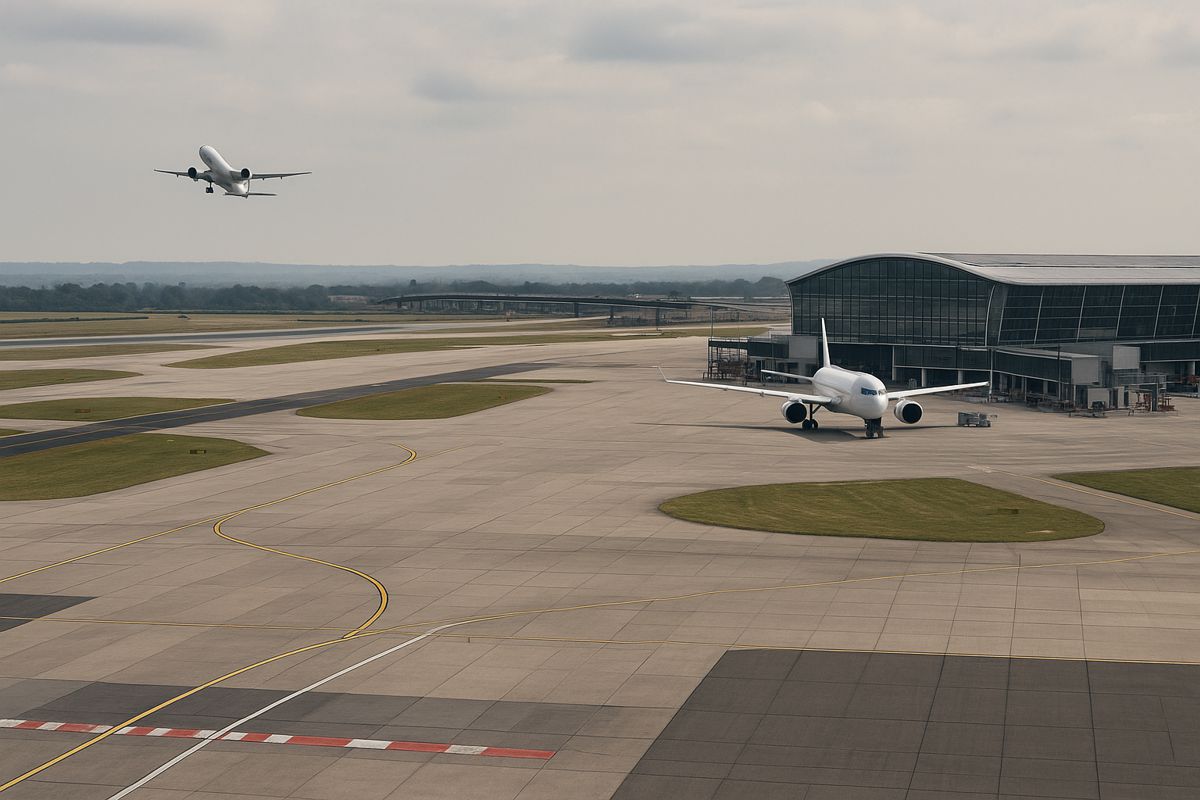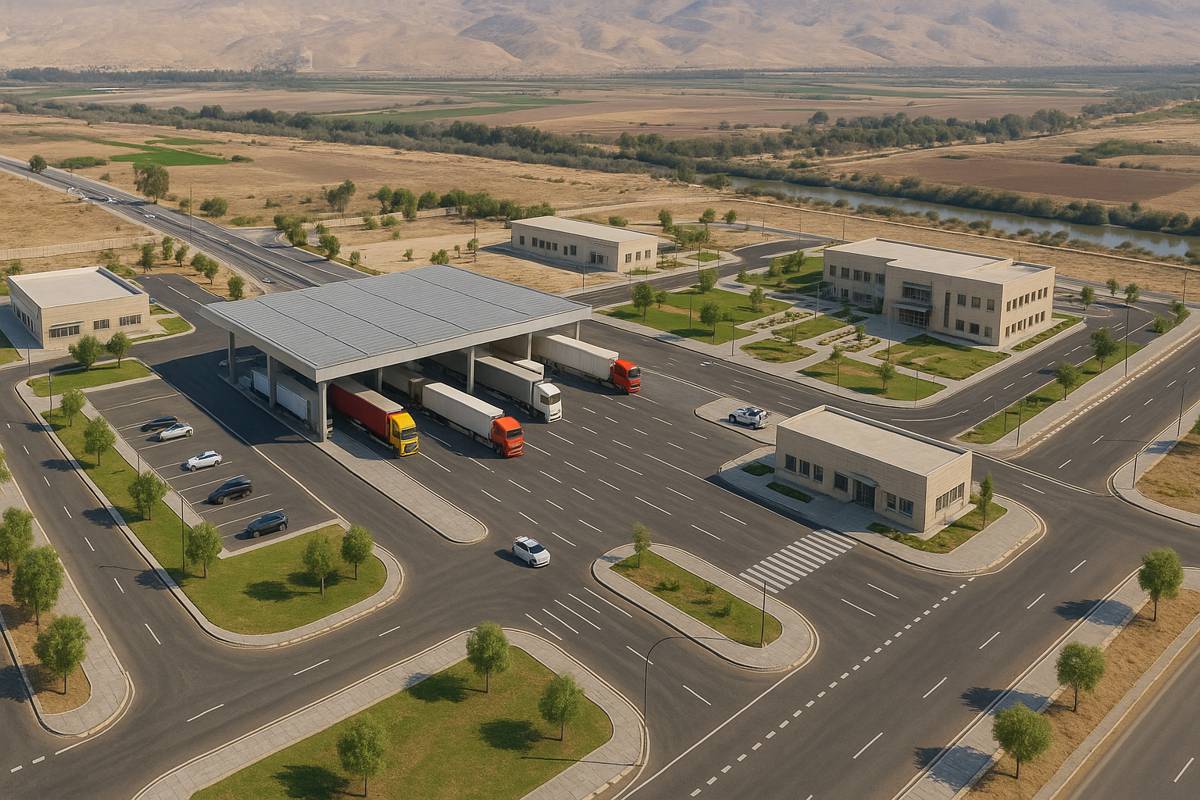Cultivating Curiosity and Cyber Confidence in Construction
The construction industry has long been seen as a bastion of tradition, often slow to change. But the pressures of modern technological culture are making innovation not just advantageous, but essential. Studies show construction firms invest less than 1% of their revenue in innovation, research and development, far behind sectors like automotive or aerospace. This underinvestment has contributed to a consensus among industry professionals that construction is not evolving fast enough to meet society’s changing needs.
With challenges such as labour shortages, rising costs and complex projects, the industry finds itself at a crossroads. The choice, as one industry advisor put it bluntly, is to adapt or fall behind. In other words, companies must embrace an innovation mindset, a fundamental shift in culture that encourages new ideas, continuous learning, and intelligent risk-taking.
Fostering an innovation culture means moving beyond business-as-usual. It’s about empowering teams at all levels to ask questions, experiment with new solutions, and break free from the “if it ain’t broke, don’t fix it” mentality. This requires leadership that values curiosity and sees failure not as a verdict but as feedback in the pursuit of progress. In a sector often defined by strict protocols and risk aversion, “the tension between fostering a culture of curiosity and maintaining a necessary level of control is palpable”.
On the one hand, breakthrough ideas thrive in an open environment where people can explore creative approaches. On the other, construction projects demand safety and precision, so changes must be managed carefully. The innovation mindset seeks to balance these needs by creating safe spaces for experimentation, whether it’s piloting a new project management software on a small job or testing a novel building material in a controlled setting, without compromising core project controls.

The Power of Curiosity and Continuous Learning
At the heart of any innovative organization is a culture of curiosity. Curiosity drives individuals and companies to seek better ways of doing things, question outdated practices, and stay informed about emerging technologies. In construction, this could mean a site manager exploring drone surveying to improve safety, or a design team learning from video game technology to visualise projects in new ways. When curiosity is encouraged, employees feel empowered to contribute ideas regardless of their job title, fostering a bottom-up flow of innovation.
Leadership can actively cultivate this mindset. Some firms are investing in internal innovation programs and hackathons to spark creative thinking. For instance, global engineering firm AtkinsRéalis (formerly SNC-Lavalin) runs initiatives like #HackaFuture, which brings together staff from disciplines as diverse as gaming, robotics and clean energy to collaborate on solving infrastructure challenges. By breaking down silos and mixing skill sets, they tap into fresh perspectives. As the company likes to say: “Innovation begins when bold ideas meet the courage to build differently.” This ethos reflects the reality that progress often requires not just novel ideas, but the bravery to implement them in a traditionally risk-averse field.
Encouraging curiosity also means rewarding questions and learning, not just results. Construction firms known for innovation often provide training, support experimentation, and celebrate lessons learned from projects that tried something new. AECOM, for example, holds an annual Global Challenge inviting employees to pitch ideas for improving design and construction processes. Finalists receive support to turn their ideas into prototypes, reinforcing that every employee can be an innovator.
These kinds of programs signal that management is serious about listening to ground-level insights and turning them into real-world improvements. The message is clear: stay curious, keep learning, and don’t be afraid to challenge “the way we’ve always done it.” Over time, this builds a workforce that is adaptable and proactive, exactly what the industry needs in an era of rapid change.
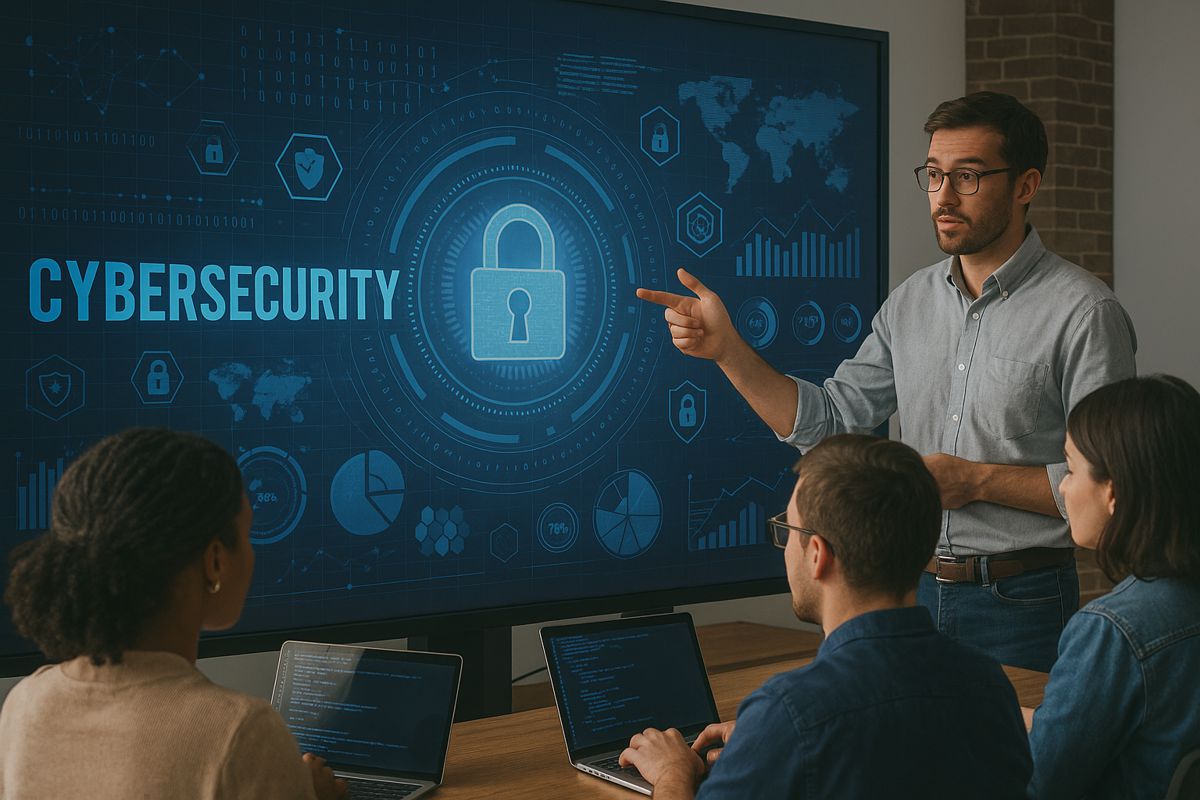
Digital Transformation and the Cybersecurity Imperative
Technology is accelerating innovation in construction, from Building Information Modeling (BIM) and AI-driven design to IoT sensors on jobsites. But as construction becomes more digitally connected, it also becomes more exposed to cyber risks. In a traditionally analogue industry, the influx of cloud platforms, smart devices and big data has opened new vulnerabilities that many firms are ill-prepared to manage. In fact, the UK’s construction sector was recently ranked the fifth most at-risk industry for cyberattacks, with almost half of firms reporting a cyber-attack and median losses around £19,000 per incident.
Likewise in Germany, construction has been disproportionately targeted, accounting for 12% of ransomware attacks, double the global average for any sector. These numbers underscore a pressing point: digital innovation must go hand-in-hand with robust cybersecurity.
This is where the idea of “cyber confidence” comes into play. Cyber confidence is an organisation’s trust in its ability to protect its digital assets and operate securely. It’s not about eliminating cyber risk (an impossible task), but about building resilience and knowledge so that people can use technology confidently and safely. In construction companies embracing digital tools, every employee from the boardroom to the breakroom needs a baseline understanding of cyber hygiene.
Something as simple as a project manager spotting a phishing email or a site engineer knowing not to plug in an unknown USB drive can prevent disaster. Training and awareness are therefore critical. A well-trained workforce is truly the first line of defense against cyber threats. Regular workshops, phishing simulations, and clear security protocols should become as routine as toolbox talks on safety. When cybersecurity know-how becomes part of the daily culture, firms greatly reduce the human-error factor that so often opens the door to attackers.
It’s also vital to integrate cybersecurity into the innovation process itself. Too often, security is treated as a technical issue for the IT department, detached from project planning or new tech deployments. Modern best practice flips this script: security by design. That means when adopting a new project management app or deploying drones on site, cyber experts are involved from the outset to assess risks and embed safeguards.
As one technical director in rail engineering noted, if you embed cybersecurity into engineering processes, you can “build long-term cyber confidence, not just compliance.” In other words, security shouldn’t just satisfy a checklist or regulatory requirement, it should be ingrained in how a company innovates, so that every new tool or method comes with trust and assurance.
Ultimately, building cyber confidence in construction is about culture change as much as technology. Companies known for digital leadership are making cybersecurity a shared responsibility and a point of pride. They conduct regular security audits and involve project teams in those drills. They insist on basics like multi-factor authentication and encrypted communications on all projects. And crucially, they encourage openness about cyber incidents or near-misses, using them as learning opportunities rather than reasons for blame.
This mirrors the broader innovation mindset: an open, learning-oriented approach yields far better results than a secretive, siloed one. When crews and staff are not afraid to report a suspicious email or admit a mistake, issues can be addressed before they escalate. In the connected future of construction, “cybersecurity isn’t optional; it’s foundational.” Only by treating digital security with the same seriousness as physical safety can the industry innovate with confidence.

Innovators Driving Change on Site and Beyond
The good news is that a growing cohort of companies is already exemplifying the construction innovation culture mindset, pushing boundaries in technology, process and sustainability, and in doing so, inspiring others to follow. These pioneers show what’s possible when curiosity and confidence converge.
Digital Construction Trailblazers
Global software and technology firms have become essential partners in modern construction. Take Bentley Systems, for example. Bentley’s integrated platforms allow engineers to merge design, simulation and operations into one data-driven workflow. The company’s tools for 3D modeling, digital twins and predictive analytics are redefining infrastructure engineering. As one industry observer put it: “Bentley isn’t just digitising construction; it’s redefining how the world’s infrastructure lives, evolves, and performs.”
By enabling teams to work smarter with data at every stage of a project, Bentley has become synonymous with digital transformation in construction. Similarly, Trimble has been at the forefront of bringing GPS, automation and cloud connectivity to job sites worldwide. From precision machine guidance systems to cloud-based collaboration platforms, Trimble’s innovations connect the field and office in real time, boosting efficiency and accuracy. It’s often said that “Trimble’s precision-driven technologies are building the bridge between vision and execution.”
Both Bentley and Trimble illustrate how an innovation-focused ethos can revolutionise even the most traditional construction tasks, like surveying or earthmoving, into high-tech endeavours.
Smart Machinery and Automation
Even heavy equipment manufacturers are transforming their products through curiosity and tech. Liebherr, a stalwart name in cranes and earthmovers, has quietly evolved into a digital powerhouse. The company now outfits its machines with IoT sensors and telemetry that give contractors real-time insights into equipment performance, fuel usage, and maintenance needs.
A fleet manager can monitor an entire spread of machines on a tablet, pre-emptively addressing issues and optimising operations. No longer are excavators and tower cranes just brute force tools; in Liebherr’s vision, “machines are no longer just built to work; they’re built to think.” This melding of heavy iron with smart data epitomises the innovation mindset, finding new value in existing operations through technology.
On a different front, Belgium-based Septentrio demonstrates innovation through extreme precision. Specialising in high-accuracy GNSS receivers, Septentrio supplies the “brains” for autonomous construction vehicles, drones and robotics that need location accuracy down to the centimetre. In an industry where getting corners and elevations right is critical, Septentrio’s work ensures that automation stays on track (literally).
The payoff is construction that may one day be largely self-driving and self-monitoring. As the company likes to say, “Septentrio’s precision technologies are laying the foundation for truly autonomous construction.”
These examples show that curiosity, whether it’s asking “how can we make a bulldozer smarter?” or “can we automate surveying?”, leads to breakthroughs that change how construction is done in the field.
Innovation in Sustainability
This construction innovation culture also extends to reimagining construction’s environmental impact. CDE Group, for instance, has turned a curious eye toward the waste generated by building projects. By applying cutting-edge process engineering, CDE has created advanced wash plants and recovery systems that turn construction and demolition waste into valuable materials like recycled sand and aggregate.
This not only reduces landfill burden but gives contractors new revenue streams from what was once considered junk. It’s a powerful example of circular economy thinking in construction, proving that sustainability can go hand in hand with profitability. As one of CDE’s own slogans proclaims: “CDE is closing the loop, turning waste into opportunity, and innovation into impact.”
By questioning the assumption that “waste is waste,” innovators like CDE are finding gold in the rubble and inspiring the industry to build more responsibly.
Collaboration and Ecosystem
Importantly, innovative thinking in construction often involves looking beyond one’s own four walls. A culture of curiosity naturally drives firms to collaborate, seek outside expertise, and contribute to industry-wide progress. Many of the advances in construction technology and standards today are coming from collaborative networks and alliances.
Organizations such as the World Economic Forum’s Centre for Urban Transformation bring public and private players together to chart sustainable urban development paths. International groups like the CIB (International Council for Research and Innovation in Building and Construction) and the BRE (Building Research Establishment) connect researchers, universities, and companies to share knowledge on everything from smart materials to climate-resilient design.
These forums and institutes act as the backbone of innovation, ensuring that lessons and breakthroughs are disseminated globally rather than kept in silos. Even industry media plays a role in this ecosystem of progress. By highlighting new ideas and success stories from around the world, publications help spread innovation mindsets across borders. As one industry publication proudly notes: “Highways.Today isn’t just reporting on innovation, it’s part of the ecosystem making it happen.”
The takeaway is that curiosity-driven construction companies tend to be well connected, they attend conferences, participate in pilot programs, form partnerships with tech start-ups or even competitors, all in the service of learning and improving. In a field as multidisciplinary as construction, no one innovates alone.

Inventing the Future
Instilling a construction innovation culture mindset grounded in curiosity and cyber awareness is no small task, especially in an industry as complex and risk-sensitive as construction. Yet, the momentum is clearly shifting. Around the world, we see signs of a new generation of construction professionals and firms who are as comfortable brainstorming bold ideas as they are rigorously managing project risks. They are the site managers who embrace software and digital twins to simulate projects before breaking ground, the executives who invest in upskilling their teams on both new technologies and cybersecurity, and the engineers who cross-pollinate knowledge from aerospace, automotive, or even gaming into construction’s toolkit. This blending of domains and ideas is exactly the kind of curiosity that drives progress.
Crucially, the most successful innovators in construction treat safety and security as foundational, not as antagonists to innovation. It’s not hard to see why, a brilliant new construction technology is of little use if it exposes projects to cyber sabotage, just as a daring architectural design fails if it compromises physical safety. By embedding a culture that is both inquisitive and conscientious, the industry can have the best of both worlds: breakneck innovation with firm guardrails. It means a future where data flows seamlessly and is well-protected, where teams fearlessly try new methods but also follow robust protocols, and where “innovation departments” are replaced by organisation-wide innovation thinking.
The road ahead promises transformative changes, from AI-driven construction management to fully autonomous construction sites and climate-neutral building methods. Realising these possibilities will require not just new tools, but new mindsets at every level of the industry. The companies and workers that thrive will be those who remain curious enough to continuously learn and adapt, and confident enough to navigate the digital threats that come with modernization. In effect, the construction sector is reinventing itself from the inside out, shedding old habits and building a culture that welcomes change.
With a strong innovation mindset bolstered by cyber confidence, construction can indeed turn today’s challenges into tomorrow’s ground-breaking solutions. The companies already embracing this approach are not just adapting to change, they’re driving it, laying the groundwork (often literally) for a smarter, safer, and more resilient built world.
“In construction’s connected future, cybersecurity isn’t optional; it’s foundational.” By holding true to that principle while relentlessly questioning how to improve, the industry can move forward with both boldness and assurance. The result is a construction sector ready to build smarter, build safer, and build the extraordinary.
